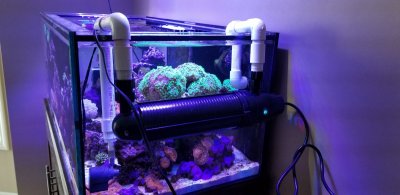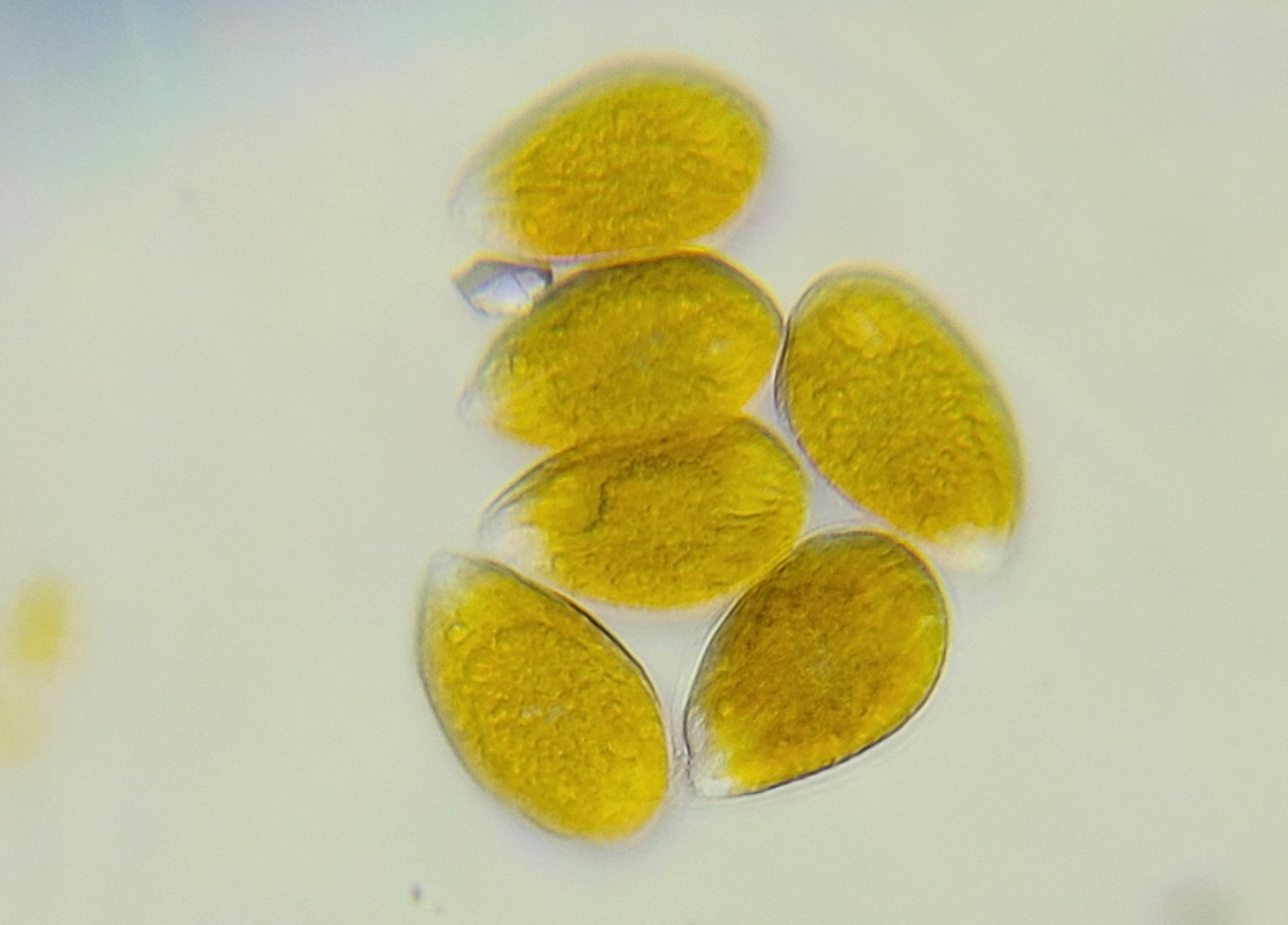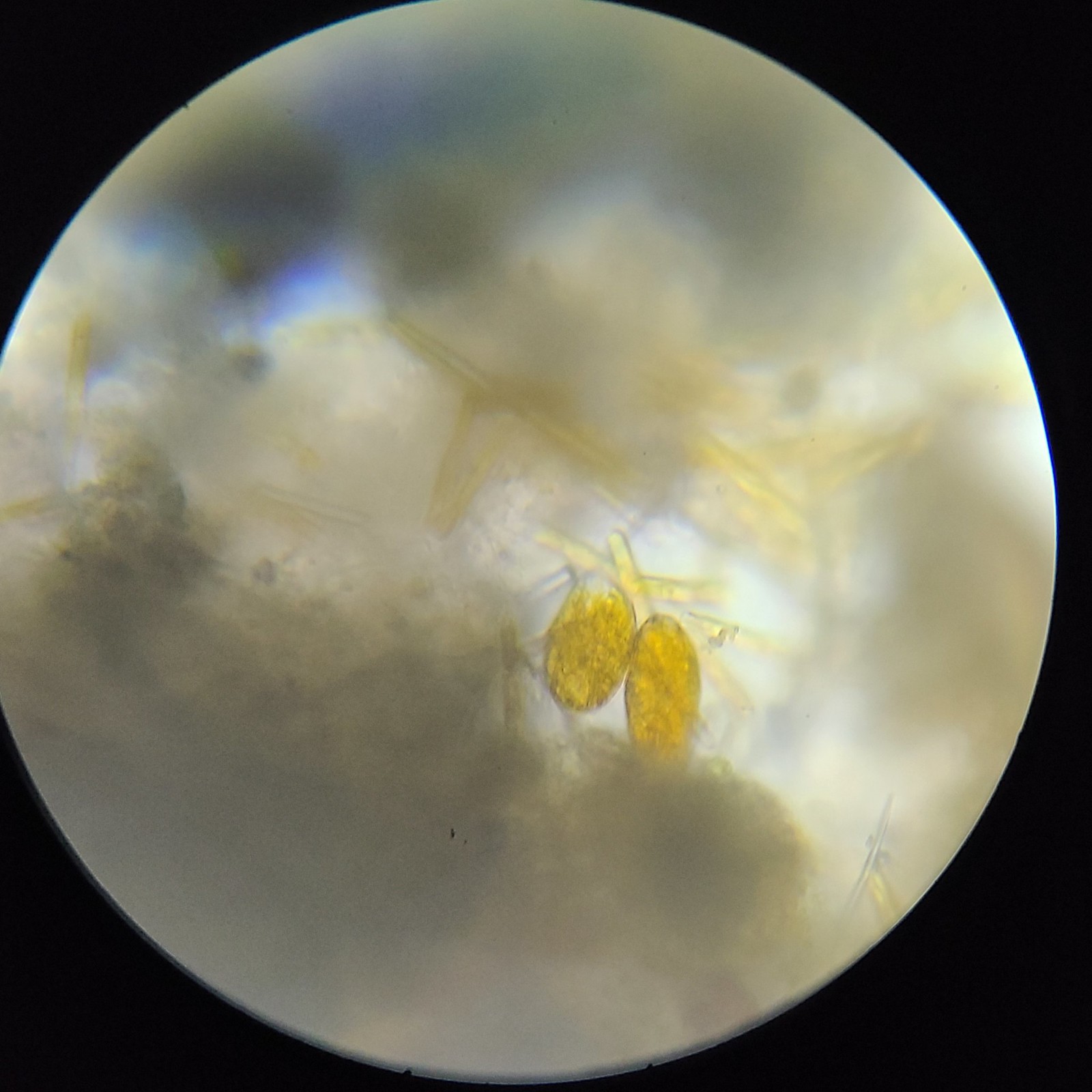I am thoroughly confused now. I started a tank and let the cycle for 2 months before turning on the lights. Added some Chemipure to reduce the risk of algae and dosing microbarcter7. Now I have a dino outbreak due to my tank being too clean. So I will be removing the Chemi-pure and upping my coral feeding since it is a coral only take to help raise the n and p. However, if I do this, won't green hair algae grow instead. If I treat that by removing n and p won't dino return and cause a vicious cycle between the two?
Having algae outbreaks in the first 12 months should be expected and not considered a failure at all IMO. It is just what immature biomes do.
Fish only tanks are easy. Coral only tanks are potentially possible, but I would suggest are very difficult to keep. You are fighting against 160 million years of reef life evolution.



















